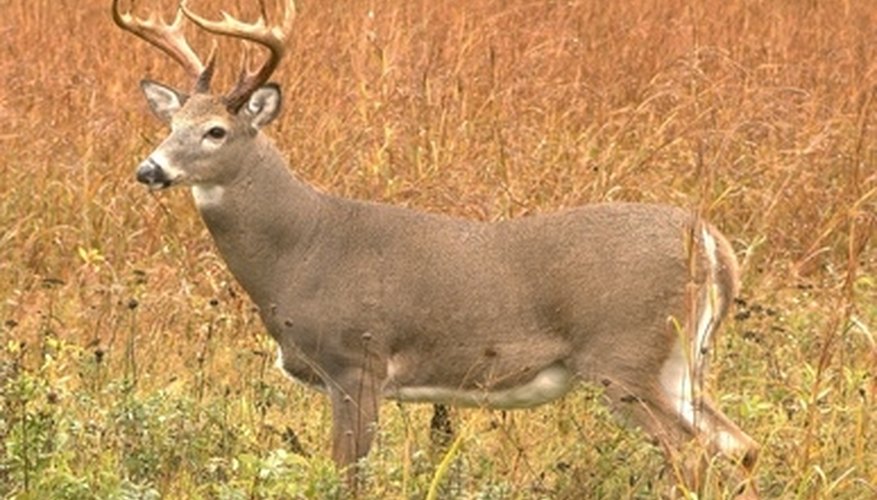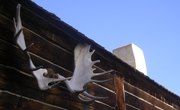
If you've stumbled across a nice set of deer antlers, left in the forest by a buck that could care less about his misplaced headgear, it is truly a stroke of luck. After all, picking up an antler or two is infinitely easier than dragging a 200-pound buck out of the woods during hunting season. Once at home, though, your task is still the same. You'll not only need to clean the antlers, you will also need to preserve them so that they retain their natural appearance.
Items you will need
Quality beeswax waterproofing product
Large pot (large enough to hold the antlers)
Old, but clean, cloths
Moisten your cloth with some warm water and scrub the antlers, removing any layers of dirt and grime that may have accumulated. Don't use soap or bleach, as it may discolor the antlers. For antlers that are extremely dirty, where a simple scrubbing isn't working, you will need to boil them.
Fill a large pot with warm water and place it on the stove. Place the antlers in the water, ensuring that they are fully submerged. Turn up the heat and allow the antlers to boil for approximately 15 to 30 minutes. This should be enough to loosen any caked-on dirt. Carefully remove the antlers and rub them clean with a cloth.
Dip a clean cloth into some beeswax waterproofing and evenly spread it over the antlers, gently rubbing the beeswax into the antler in a circular motion. This will help bring out the natural color of the antlers and protect them from dust or the weather (if you plan on keeping them outside).
Tips
- If the antlers you've found are still in velvet, you will need to boil them with some soap. Afterward, remove any remaining bits of velvet. Antlers that were in velvet will appear porous and thus collect dirt more easily. Again, you can use some beeswax waterproofing to seal the pores and protect the antlers.
Tips
- If the antlers you've found are still in velvet, you will need to boil them with some soap. Afterward, remove any remaining bits of velvet. Antlers that were in velvet will appear porous and thus collect dirt more easily. Again, you can use some beeswax waterproofing to seal the pores and protect the antlers.
Writer Bio
Arthur Barnhouse has written numerous short stories, contributed content to various websites and was an invited speaker at a university symposium on creative writing. He began writing in 2002 and holds a Bachelor of Arts in English literature from the University of Pittsburgh. Barnhouse has driven across the United States numerous times and draws upon his travel experiences in his writing.



